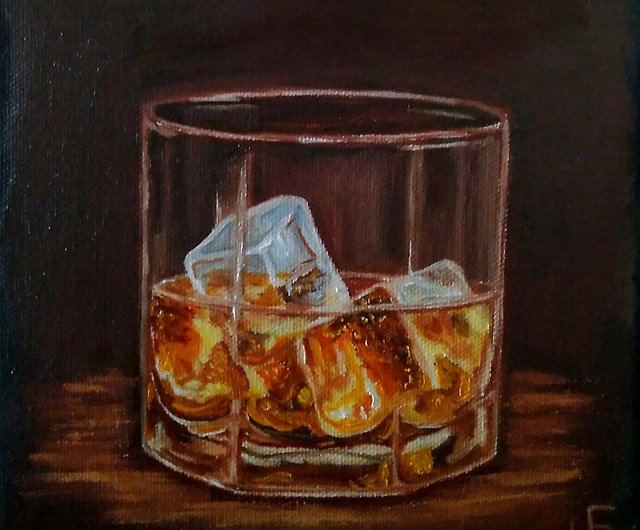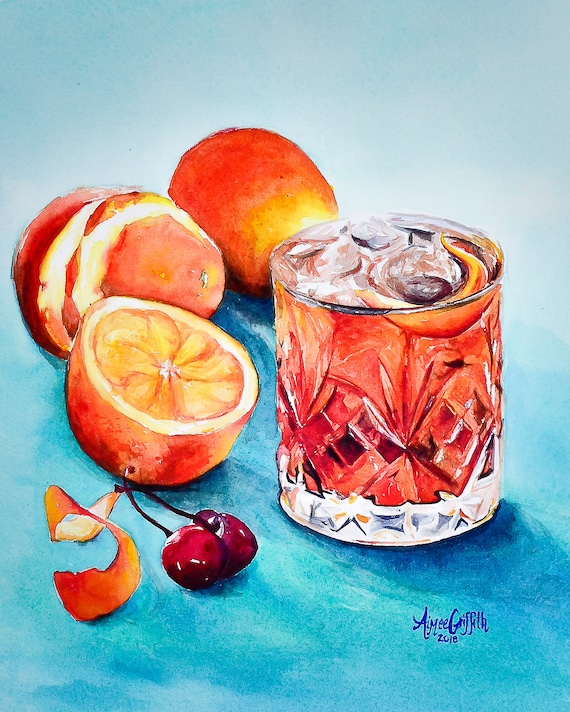Limited Edition Bourbon Art: Why Collectors Are Gathering to Distinct Finds
Limited Edition Bourbon Art: Why Collectors Are Gathering to Distinct Finds
Blog Article
The Importance of Whiskey Art in Celebrating Heritage and Workmanship in the Beverage Sector
The elaborate connection between whiskey art and the party of heritage and craftsmanship within the beverage industry can not be overstated. Through attentively made tags and containers, bourbon brands envelop their historical roots and the artisanal skills that define their production techniques.
The Historic Roots of Whiskey
At the heart of bourbon's appeal lies an abundant tapestry of historical roots that map back to ancient worlds. The beginnings of bourbon can be linked to the purification methods of the Sumerians and Babylonians around 2000 BCE, where early forms of fermented grain beverages started to emerge. Nevertheless, it was in the Middle Ages that the art of purification developed considerably, particularly in Ireland and Scotland, resulting in the production of whiskey as we recognize it today.
The term "scotch" itself acquires from the Gaelic word "uisce beatha," implying "water of life." This phrase highlights the cultural relevance of bourbon in Celtic societies, where it was usually related to rituals, parties, and communal bonding. By the 15th century, purification became an acknowledged craft within monastic areas, leading the way for the establishment of lawful distilleries.
As profession paths broadened, whiskey's appeal grew, going beyond local borders and recording the interest of aficionados worldwide. Whiskey Art. This historical journey reflects not only the craftsmanship behind bourbon manufacturing but also its indispensable function in cultural and social contexts, marking it as a considerable beverage throughout history
Artistic Expression in Branding
Whiskey branding stands as a compelling intersection of creativity and commerce, where aesthetic identity plays a crucial duty fit consumer understanding. The looks of bourbon labels, packaging, and advertising and marketing materials reflect not just the brand's tale however also its core values and heritage. Through imaginative expression, distilleries share a narrative that reverberates with customers, stimulating feelings and stimulating links.
Making use of color, typography, and imagery in branding offers to separate items in a saturated market. Typical themes may evoke a feeling of authenticity and workmanship, while contemporary layouts can indicate development and forward-thinking. This critical imaginative instructions enhances brand recognition and loyalty, permitting consumers to create an individual partnership with the scotch they select.
Moreover, creative expression in branding usually serves as an event of local heritage. Distilleries regularly incorporate regional icons or historic recommendations right into their layouts, creating a local color that welcomes consumers to take part in a wider social experience. Inevitably, the artistry behind whiskey branding not only improves aesthetic allure yet also enriches the general narrative of the brand name, cultivating a much deeper appreciation for the craftsmanship and heritage embedded in each bottle.
Craftsmanship in Bottle Style
The creativity obvious in bourbon branding prolongs past aesthetic identification to incorporate the workmanship associated with container layout. Each container functions as a vessel not simply for the spirit within, however additionally for the tale it informs concerning its top quality, custom, and origin. The design process calls for careful attention to detail, as elements such as closure, shape, and product contribute significantly to the total assumption of the scotch.
Craftsmanship in bottle layout includes choosing high-quality glass that can boost the scotch's color and quality, while additionally offering a tactile experience for the customer. The silhouette of the container have to be both visually enticing and functional, frequently mirroring the heritage of the brand name. Many distilleries select unique forms or embossed logo check out here designs that evoke a feeling of authenticity and background.
Furthermore, the label style and typography play an essential duty in interacting the brand name's narrative. Realism Art. A well-crafted bottle not only mesmerizes the consumer's eye however also strengthens the brand name's commitment to top quality and custom. This way, the workmanship of bottle style becomes a crucial aspect of the scotch experience, combining artistry with an extensive regard for heritage
Cultural Relevance of Bourbon Art
Celebrating tradition and workmanship, the cultural value of scotch art goes beyond simple aesthetic appeals, linking with the historic and social narratives of the regions where it comes from. Each container acts as a canvas, illustrating the special stories, folklore, and customs that have formed regional whiskey-making practices. The complex layouts frequently show the heritage of the distillers, including icons and motifs that resonate with the culture and values of their areas.

Additionally, scotch art plays an essential role in common celebrations and events, acting as a tangible link in between individuals and their shared experiences. By appreciating the creativity in bourbon packaging, consumers grow a much deeper understanding and respect for the craft, eventually improving their enjoyment of the beverage itself.
Modern Trends in Scotch Discussion
In current years, the presentation of scotch has official statement actually evolved to reflect contemporary preferences and fads while still recognizing conventional craftsmanship - Limited Edition. Distilleries are significantly focusing on aesthetic elements that improve the general alcohol consumption experience, connecting the gap in between heritage and modernity
Cutting-edge container layouts have emerged, typically integrating sustainable products and artistic labels that tell engaging tales. Several brands now team up with neighborhood artists, instilling their products with special visual expressions that reverberate with consumers. Furthermore, limited-edition launches are often packaged in collectible containers, including worth and charm for connoisseurs.

Verdict
Finally, scotch art acts as an essential avenue for revealing the heritage and craftsmanship intrinsic in the drink market. Via elaborate branding, ingenious bottle styles, and culturally considerable artistic elements, bourbon brand names successfully recognize their practices and get in touch with customers. This creative story not only boosts the admiration of scotch however also strengthens area identity and satisfaction amongst manufacturers. Inevitably, scotch art plays a vital function in preserving and celebrating the abundant cultural tapestry of whiskey-making.


Workmanship in bottle design includes selecting top quality glass that can boost the scotch's shade and quality, while additionally offering a responsive experience for the consumer. In this method, the craftsmanship of container style ends up being a crucial aspect of the whiskey experience, combining artistry with a profound regard for heritage.
In conclusion, scotch art offers as an essential channel for revealing the heritage and craftsmanship integral in the drink market.
Report this page